Дополнительное описание
 Information
Information
- Clear/occupied status (SIL 4)
- Direction (SIL 4)
- Number of axles
- Speed
- Wheel diameter
- Diagnostic data
 Applications
Applications
- Track vacancy detection
- CBTC fallback
- Level crossing protection
- Switching point protection
 Benefits
Benefits
- Simple and flexible con guration
- Software interface
- Flexible architecture
- Low maintenance
- Simple project management
Connection to a high-performance electronic interlocking is possible either via a vital customer-speci c interface or the Frauscher Safe Ethernet FSE protocol.
All processes – from planning, engineering and con guration, to diagnostics, maintenance and adaptation – are supported by innovative software tools. By means of logic application, methods such as Supervisor Track Section or Counting Head Control further increase system availability
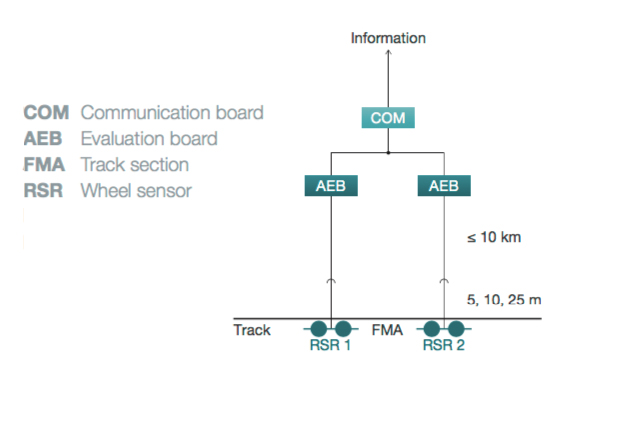
FAdC Technical Data
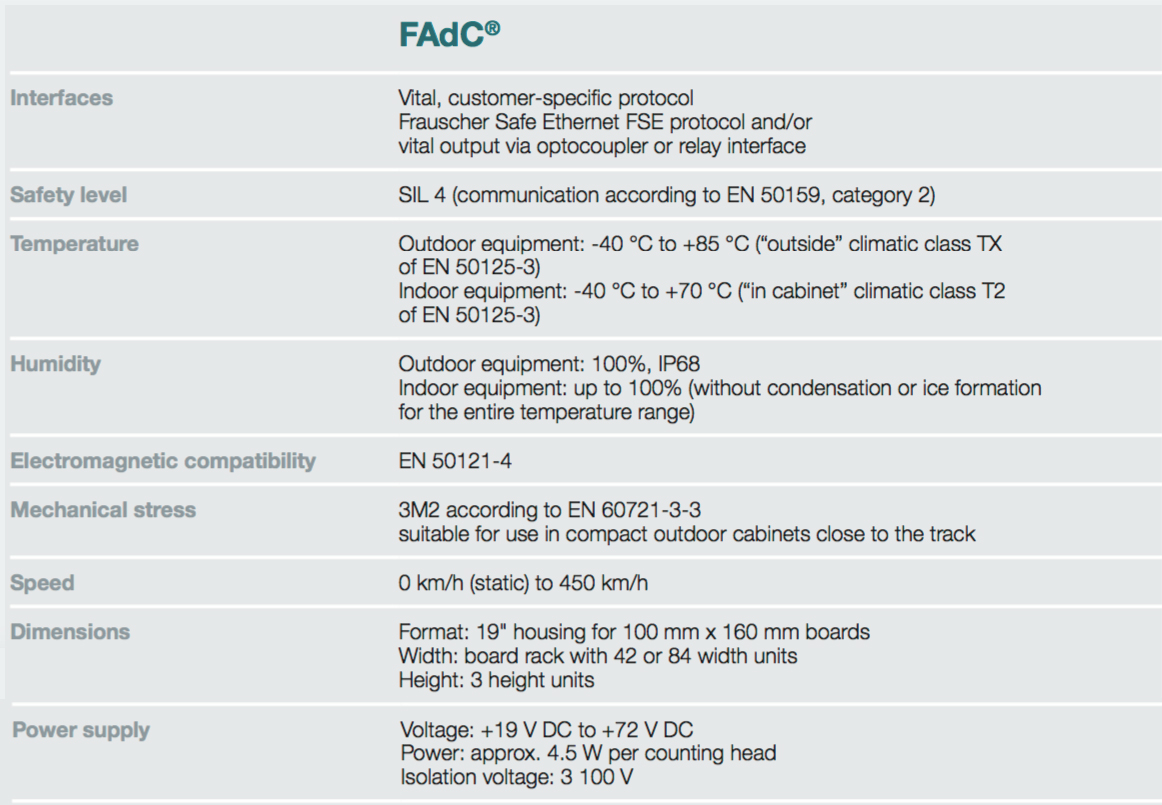
The construction of FAdC system includes:
Outdoor equipment
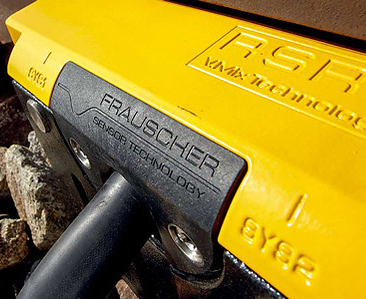
The track equipment consists of a sensor mounted on a rail, a track junction box and a cable laid between them.
The main components are the sensors for the Frauscher RSR180 and RSR123 wheel pass detection systems.
Learn MoreIndoor Equipment
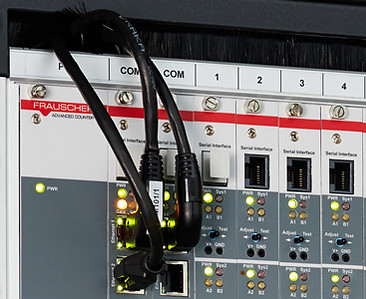
In the FAdC system, the sensor data is transmitted to the stand-by equipment, where they are fed to the information processing module AEB. The AEB module performs two functions: processing the information received from the sensor and the function of counting the axes. The generated data is transmitted to the communication module, which sends the received data to the higher-level systems using various interfaces.
Interfaces
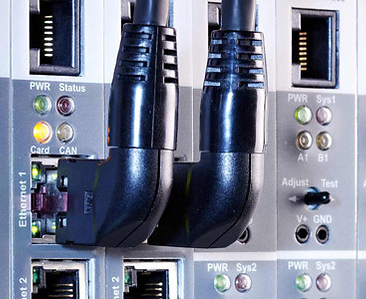
The FAdC system has its own programming interfaces, which can be useful to system integrators that do not have their own software protocol. FAdC uses the Frauscher Safe Ethernet protocol (FSE), but an alternative is also possible – the integration of an individual client protocol. Linking to existing systems can also be implemented using hardware interfaces, such as optocouplers or relay interfaces.
Learn More
